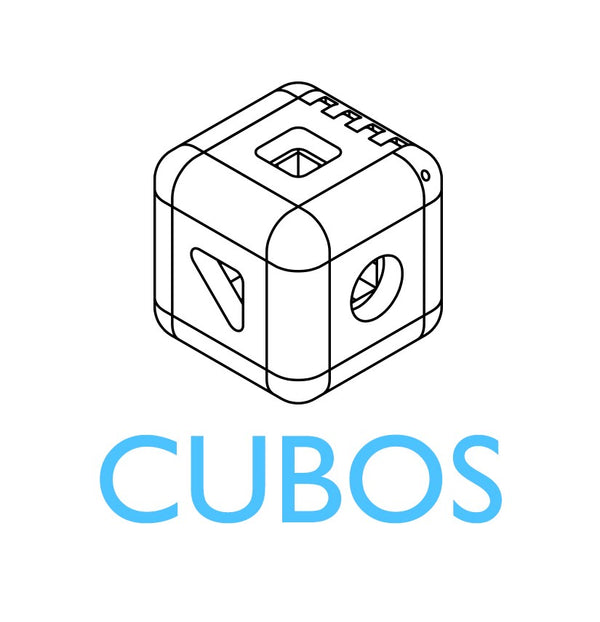Creating a Montessori playroom for your little ones can be both exciting and overwhelming. The Montessori method focuses on learning through exploration and discovery, allowing children to develop their skills and knowledge at their own pace.
At its core, the Montessori method is based on the belief that each child has an innate desire to learn and that it’s the child’s job to discover the world around them. It encourages children to be independent, creative thinkers who develop their interests and follow their paths.
If you want to emulate the Montessori classroom environment in your own home, here are some pointers to watch for:
Create a Safe and Comfortable Environment
The first step in creating a Montessori playroom is to ensure that the environment is safe and comfortable for your child. You'll need a safe, open space for a Montessori play area, such as a playroom, bedroom, or a defined living room area. Neutral-toned walls and easy-to-clean surfaces are best, as well as appropriate shelving and furniture.
Of course, the room should be child-proofed, with outlets covered and furniture secured to the walls. The room should also be well-ventilated, with natural light and a comfortable temperature.
Choose Open-Ended Toys
This method emphasizes using Montessori toys, allowing children to explore and create independently. These toys are not limited in their use and can be utilized in various ways. Some examples of open-ended toys include building blocks, dinosaurs, puzzles, and art supplies.
Many Montessori playrooms utilize toys made from natural materials to engage your child in learning, rather than toys that light up or make noise which can be distracting. Wooden toys and natural materials encourage engagement, while puzzles, musical instruments, DIY activities, and colouring books help your child develop motor skills and problem-solving abilities.
Provide Opportunities for Independence
In the playroom, you should provide opportunities for your child to do things on their own. This can include having a low shelf or table that they can reach, giving child-sized utensils and dishes for snacks, and having a small potty available for toilet training. By providing these opportunities for independence, you are helping your child develop their confidence and self-esteem.
Incorporate Nature and Sensory Experiences
Part of providing a safe learning environment is setting up a playroom that allows children to explore and interact with their environment. Incorporating natural materials such as wood, cotton, and wool into the playroom encourages children to explore different textures.
Additionally, providing a variety of sensory experiences allows children to explore the world around them through different mediums. To deepen the child's understanding of their environment, you can introduce plants and a small garden into the playroom to help them better understand the world around them.
Create a Calm and Orderly Space
The room should have a designated space for every toy or activity, with clear labels or pictures to help your child identify where things go. The idea is to teach children to be organized and responsible with their belongings.
Explain to them that each toy has a designated spot on the shelf and should be put back in its place when they finish playing with something. Also, spend time with them in their playroom and help them put their wooden toys away to ensure they understand the concept of organisation.
You should also limit the number of toys available at one time, as too many options can overwhelm young children. A calm and orderly space will help your child develop their focus and concentration.
Encourage Movement and Physical Activity
A Montessori playroom should allow kids to expend their energy with fun and educational activities. Think about adding a rocking chair, a Pikler triangle, a bed with a slide, a trampoline, a balance beam, and other stimulating items for imaginative play. You could also add a large open area that allows kids to be creative with their movements, such as dancing, spinning, bouncing, crawling, or running.
Conclusion
Creating the perfect Montessori playroom is all about creating a safe, stimulating environment conducive to learning and exploration. Following these key elements can help you make a room that will cater to your child's developmental needs and become a cherished oasis of creativity, joy, and learning. So, produce a space that will inspire your child to learn, explore, and grow into a confident and independent individual.
If you plan to make your very own Montessori classroom, toys are an indispensable object to have. Don’t worry because Cubos has got you covered. We offer a wide array of handmade wooden toys that are safe, timeless, and purposeful. Shop sustainably sourced Montessori materials today!

